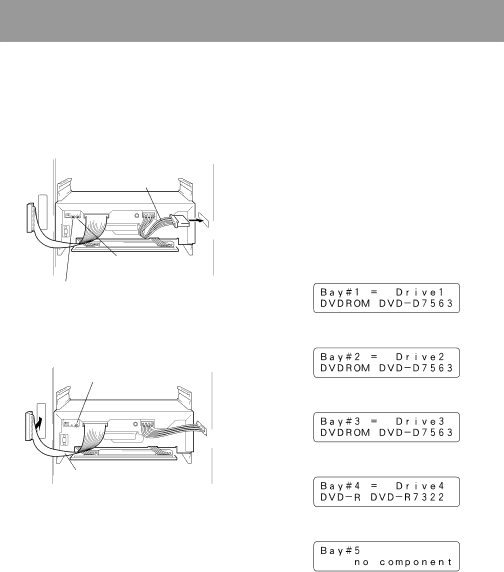DRM-7000, DRM-3000 specifications
The Pioneer DRM-7000 and DRM-3000 are advanced digital radio receivers that cater to the needs of audiophiles and broadcasting professionals alike. Designed to deliver high-quality sound and reliable performance, these models exemplify Pioneer’s commitment to innovation in audio technology.One of the standout features of the DRM-7000 is its support for a wide range of digital audio formats, including DAB, DAB+, and DRM. This flexibility enables users to access a plethora of radio stations and content across different broadcasting platforms. The device also boasts a crystal-clear LCD display that provides essential information such as station names, signal strength, and metadata, ensuring an enriching listening experience.
The DRM-3000, while slightly less advanced, also offers impressive capabilities with a focus on ease of use. It includes a user-friendly interface and straightforward navigation, allowing listeners to effortlessly browse through various channels. This model is aimed at users who prioritize simplicity without compromising audio quality.
Both receivers incorporate state-of-the-art digital signal processing technology, which minimizes distortion and enhances audio clarity. This technology ensures that users can enjoy their favorite broadcasts without interruptions or loss of sound fidelity. The DRM-7000, in particular, features enhanced audio tuning capabilities, allowing users to switch between stereo and mono outputs seamlessly.
In terms of connectivity, both models come equipped with multiple inputs and outputs, including USB, AUX, and headphone jacks. This versatility enables users to connect external devices and enjoy a variety of content, from music playlists to podcasts, all from one centralized unit. Additionally, the DRM-7000 includes Wi-Fi connectivity, allowing for the streaming of internet radio and expanded content variety.
Durability and design are also key characteristics of the Pioneer DRM series. Crafted with high-quality materials, these receivers not only prioritize performance but also aesthetic appeal. The compact and sleek design makes them an attractive addition to any home audio setup or professional broadcasting environment.
Furthermore, both devices come with robust support for firmware updates, ensuring that users can benefit from the latest technological advancements and features. With their combination of versatile audio formats, user-friendly interfaces, and durable design, the Pioneer DRM-7000 and DRM-3000 stand as leading choices in the landscape of digital radio receivers. They are ideal for anyone looking to elevate their listening experience, whether at home, in the studio, or on the go.

